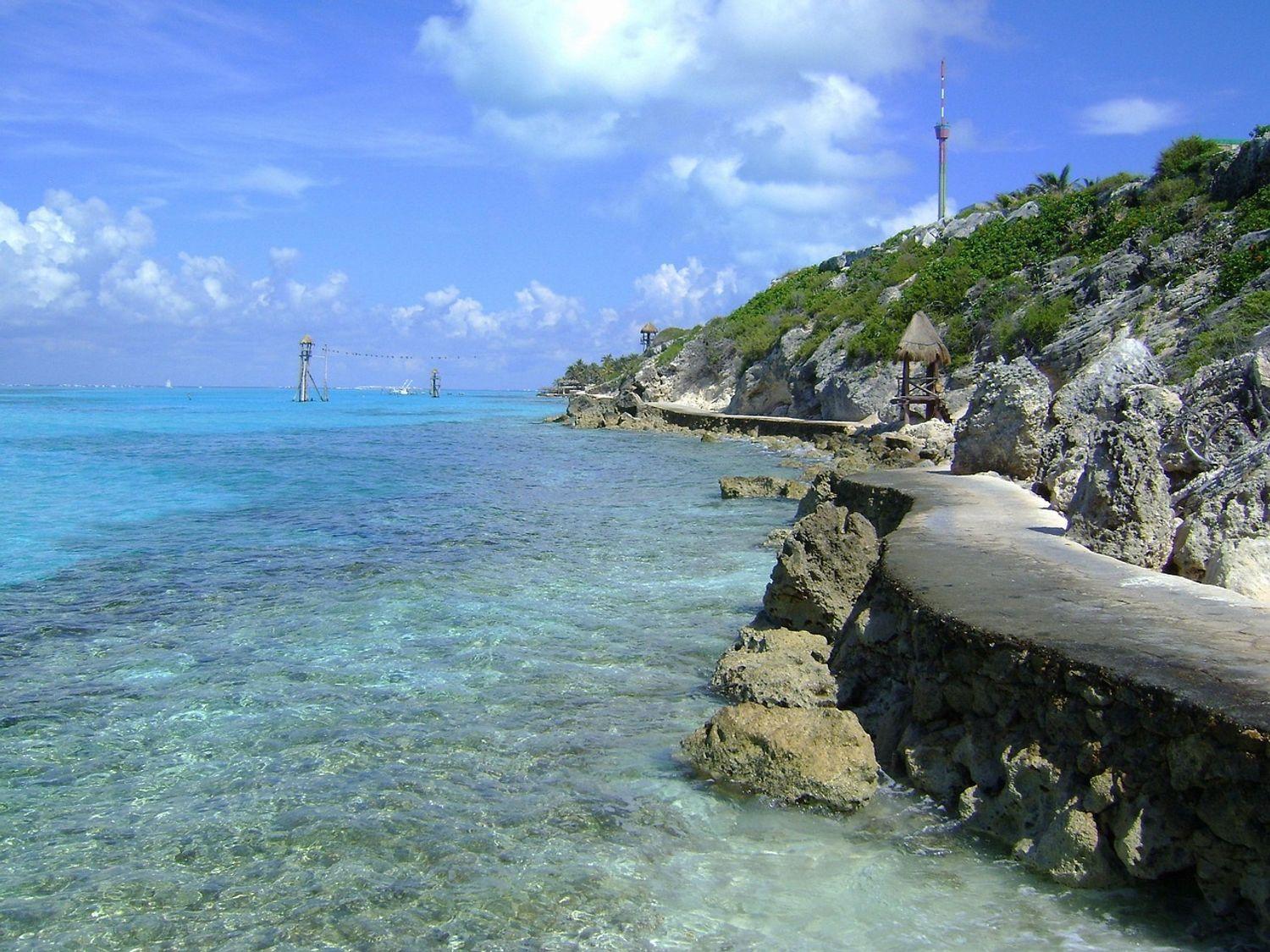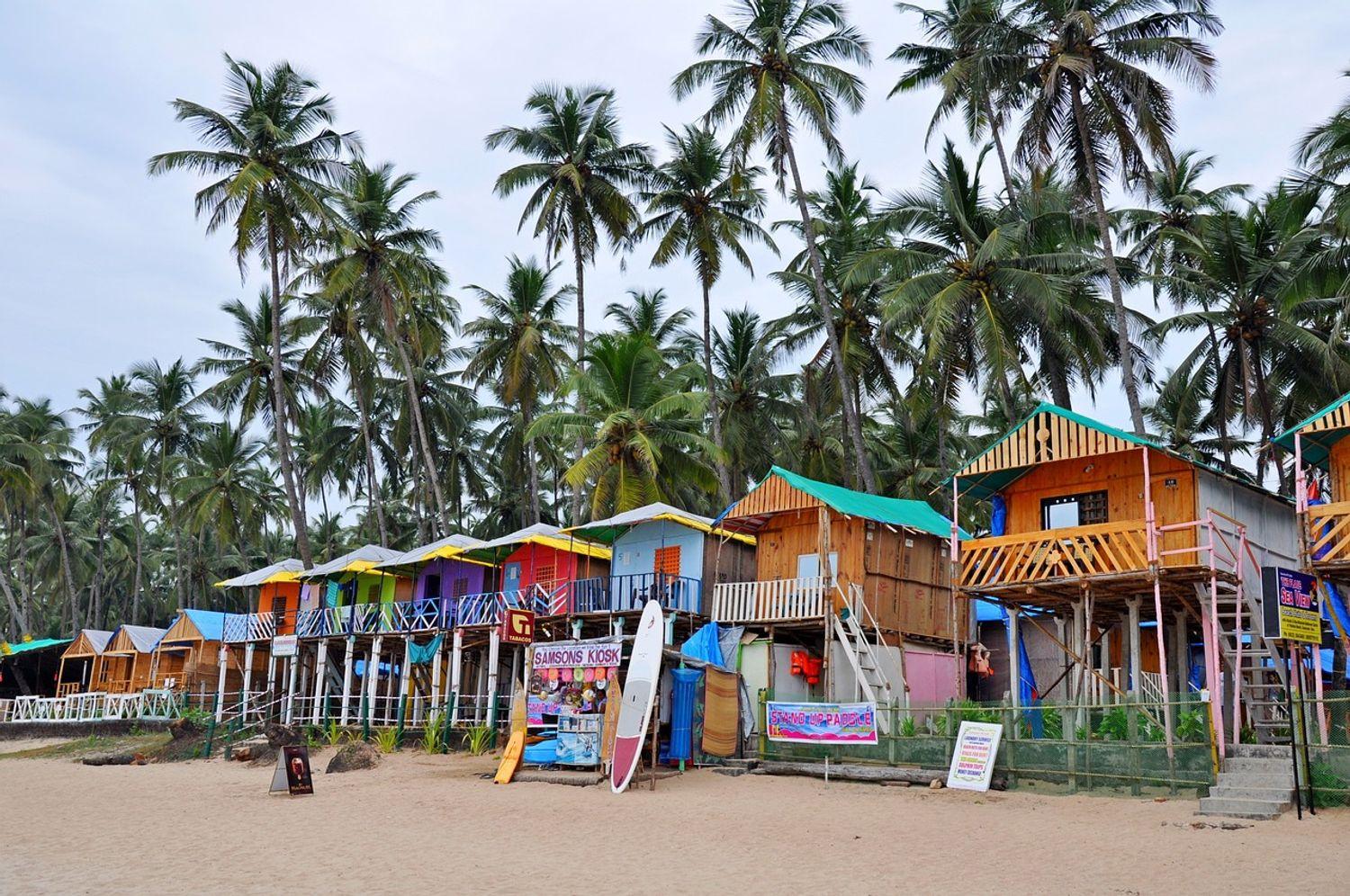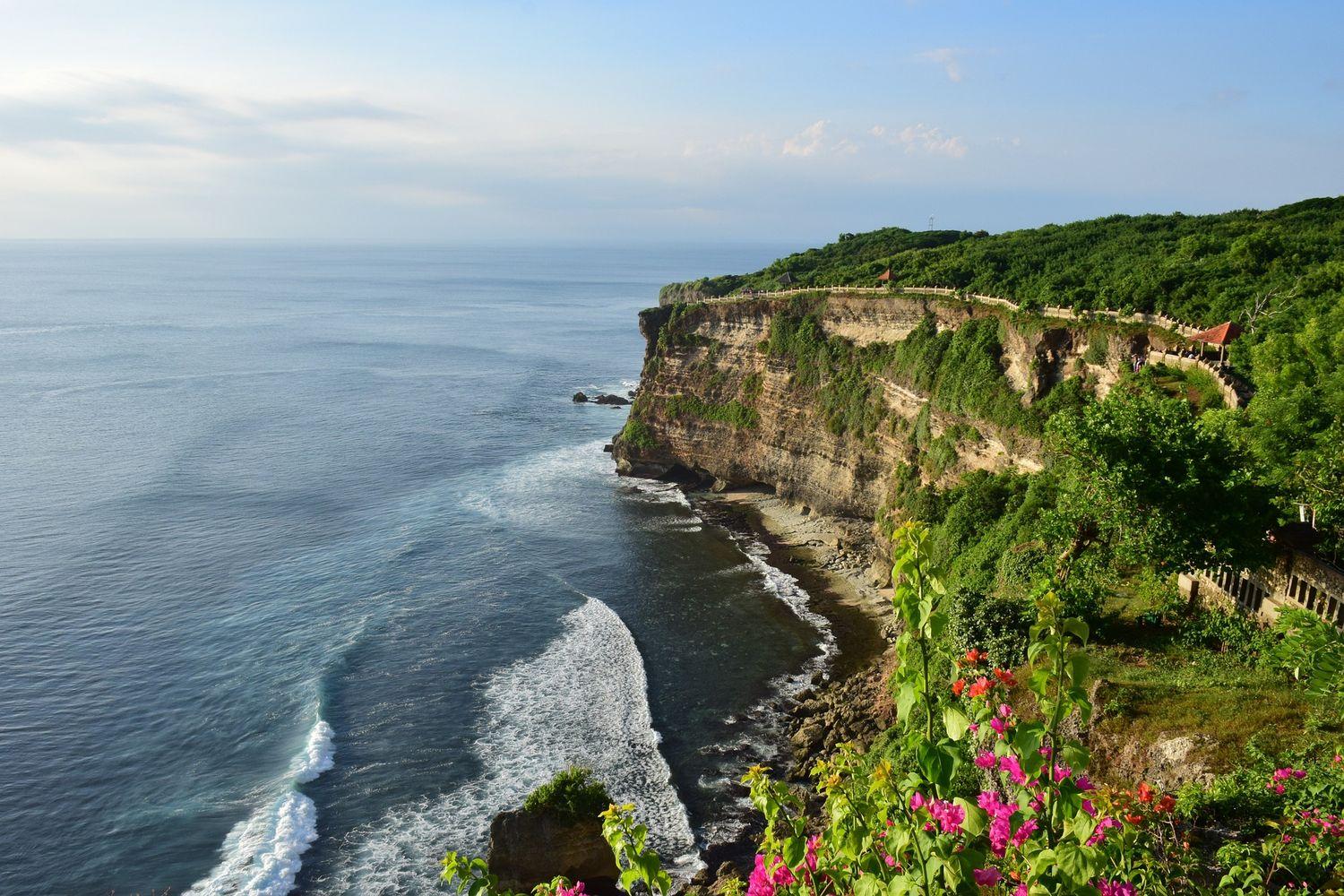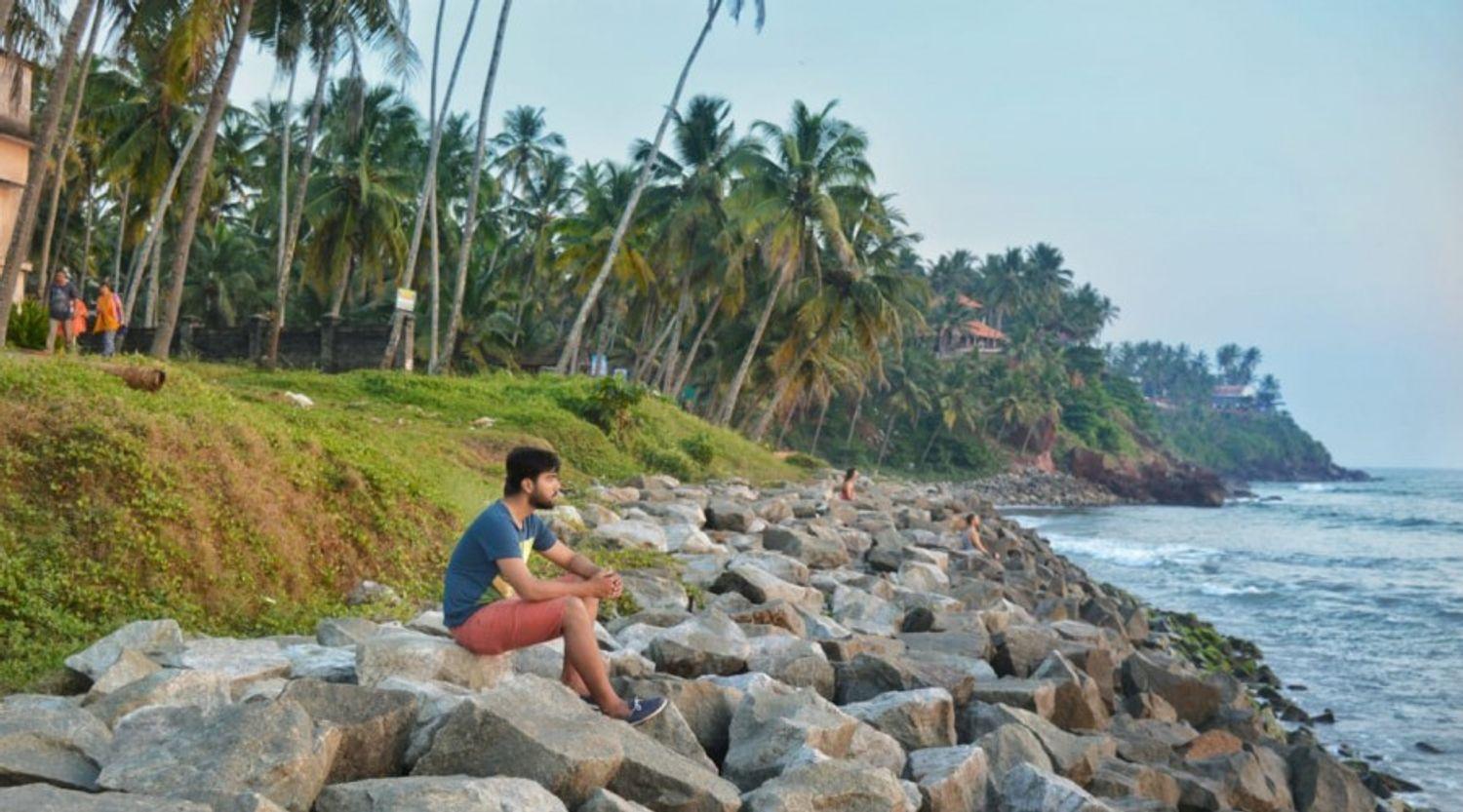Picture this: you're walking through narrow stone streets where the air carries hints of cardamom and cloves, while ancient Arabic doors tell stories of sultans and spice traders. This is Zanzibar, an island that captures your heart before you even realize what's happening.
What Makes Zanzibar Special?
Zanzibar is an archipelago off Tanzania's coast in the Indian Ocean. The main island, Unguja, combines rich Swahili culture, centuries of trade history, and beaches that rival any Caribbean destination. It's where Africa meets Arabia, creating something completely unique.
The island earned its nickname "Spice Island" honestly. For over 500 years, Zanzibar controlled much of the Indian Ocean's spice trade. Today, you can still visit working spice farms and learn why nutmeg was once worth more than gold.
Zanzibar's popularity continues to soar, with tourism reaching record levels of 736,755 visitors in 2024, representing a 15.4% increase from the previous year (Source). Tourism now accounts for more than 27 percent of Zanzibar's GDP, making it the island's most important economic sector.
Stone Town: Where History Lives
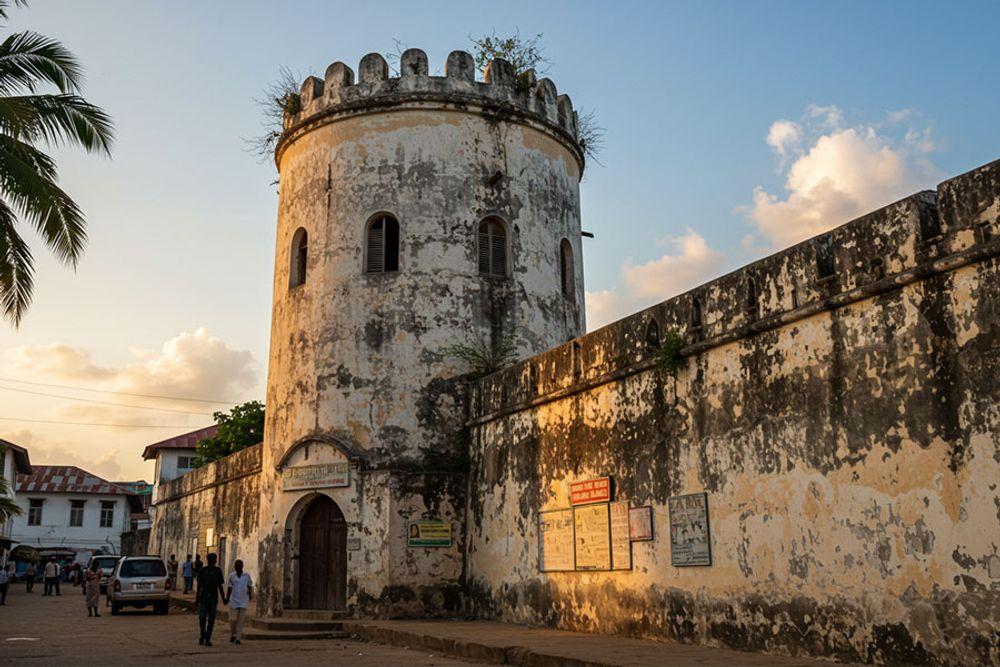
Start your Zanzibar adventure in Stone Town, a UNESCO World Heritage site that feels like stepping into a time machine. This maze of narrow alleys hasn't changed much since the 1800s.
The architecture tells the story of Zanzibar's past. You'll see Arabic arches next to Indian balconies and British colonial buildings. The famous Zanzibar doors, carved with intricate patterns, mark the entrance to former merchant houses. Each door design revealed the owner's wealth and origins.
Visit the old slave market, now Christ Church Cathedral. It's a sobering reminder that Zanzibar was East Africa's largest slave trading center until 1873. The memorial helps you understand this dark chapter while honoring those who suffered.
Don't miss the House of Wonders, the first building in East Africa to have electricity. The Sultan built it in 1883 to show off his power. Today, it houses a museum about Swahili culture and maritime history.
For the best Stone Town experience, get lost in the streets. Stop at local cafes for Zanzibar coffee and mandazi (sweet fried bread). Chat with shopkeepers selling everything from African masks to Persian carpets. The city comes alive at sunset when locals gather at Forodhani Gardens for street food and socializing.
The Spice Tour Experience

No Zanzibar trip is complete without a spice tour. These half-day adventures take you to working farms outside Stone Town where you'll discover why Europeans fought wars over these aromatic treasures.
Your guide will crush leaves and bark, challenging you to identify cardamom, cinnamon, black pepper, and vanilla by smell alone. You'll see how nutmeg grows (it's actually inside a fruit), learn that black and white pepper come from the same plant, and taste fresh coconut water straight from the source.
Most tours include a traditional Swahili lunch cooked with the spices you've just discovered. The combination of fresh ingredients and aromatic spices creates flavors you won't find anywhere else.
Pro tip: Book your spice tour for the morning when plants are most fragrant. Many operators include a visit to a local village where you can see how spices are processed and dried.
Beaches That Redefine Paradise
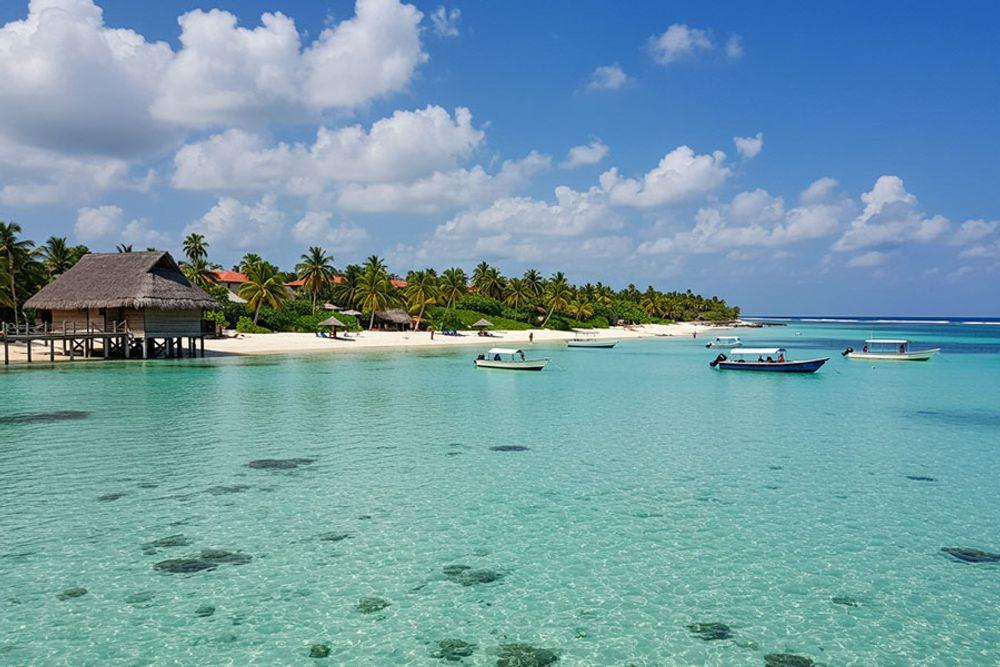
After exploring Stone Town's history, you'll be ready for Zanzibar's world-class beaches. The island's eastern and northern coasts offer some of the Indian Ocean's most beautiful stretches of sand.
Nungwi Beach in the north stays consistently deep, making it perfect for swimming at any tide. The beach faces west, giving you spectacular sunsets. Local dhow builders still craft traditional boats here using techniques passed down for generations.
Kendwa Beach, just south of Nungwi, offers similar swimming conditions with a more relaxed atmosphere. The beach parties here are legendary, but during the day it's perfect for reading a book under a palm tree.
On the east coast, Paje Beach attracts kitesurfers from around the world. The consistent trade winds and shallow lagoon create ideal conditions for beginners and experts alike. Even if you don't kitesurf, watching colorful kites dance across the water is mesmerizing.
Jambiani offers a quieter alternative with the same stunning turquoise water. Low tide reveals tide pools perfect for exploring, and local women harvest seaweed here using traditional methods.
The east coast experiences dramatic tidal changes. At low tide, you can walk hundreds of meters into the ocean. At high tide, the water comes right up to the palm trees. Check tide charts when planning beach days.
Beach Weddings in Zanzibar

Zanzibar has become one of Africa's top destinations for beach weddings, and it's easy to see why. Imagine exchanging vows with your toes in warm sand while dhows sail past in the background and the Indian Ocean stretches endlessly before you.
The island offers everything from intimate ceremonies for just the two of you to elaborate celebrations for 200 guests. Many resorts provide wedding packages that include everything: legal paperwork, decorations, photography, and traditional Swahili music.
Nungwi and Kendwa beaches work best for sunset ceremonies, while the eastern beaches like Matemwe offer sunrise options if you're early risers. The consistent weather during dry season makes outdoor ceremonies reliable.
Legal requirements are straightforward but need advance planning. Required documents include passports, birth certificates, and if applicable, divorce decrees or death certificates from previous spouses.
Zanzibar Weddings is a trusted wedding planner on the island. They arrange your wedding and handle the bureaucracy while you focus on the romance. They'll arrange everything from fresh flower decorations using local blooms like frangipani and bougainvillea to traditional Taarab musicians who'll serenade you during dinner.
The best part? Your wedding photos will feature backdrops that look like screensavers. Crystal-clear turquoise water, powder-white sand, and palm trees swaying in trade winds create natural beauty that needs no enhancement.
Planning Your Perfect Zanzibar Trip
The best time to visit is during dry season (June to October and December to February). Avoid March to May when heavy rains can disrupt outdoor activities.
Most visitors fly into Julius Nyerere International Airport in Dar es Salaam, then take a short flight to Zanzibar's Abeid Amani Karume International Airport. Budget at least five days to experience both Stone Town and the beaches properly. Three days lets you see the highlights, but you'll wish you had more time.
For accommodation, Stone Town offers historic guesthouses and boutique hotels in converted palaces. Beach areas have everything from budget backpacker lodges to luxury resorts. Book early during peak season (December-January and July-August).
The Magic of Zanzibar
Zanzibar works its magic slowly. Maybe it's the way Arabic coffee tastes different when you're sipping it on a rooftop overlooking the Indian Ocean. Or how the call to prayer mixes with waves lapping against dhows in the harbor.
This island changes you. You'll return home with spices in your luggage, photos that can't capture the colors you've seen, and stories about conversations with strangers who became friends. That's the real treasure of Zanzibar, the memories that linger long after the tan fades.

